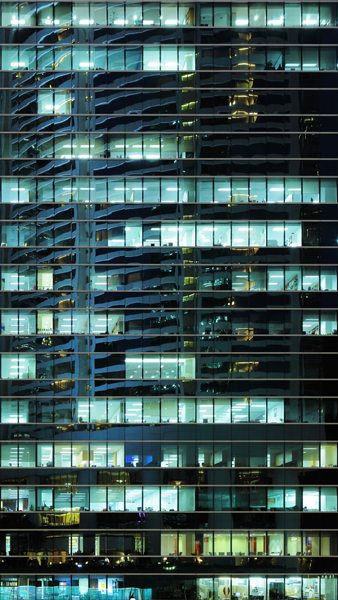Energy conservation and environmental safety of buildings is a major issue for businesses. Companies and facility managers are interested in improving their current structures, as well as constructing more energy-efficient buildings. One way they can do this is by using energy models to reach these goals.
Though there are many varieties, energy models create virtual representations of work stations, buildings or groups of buildings. They take into account utility bills and costs for energy-related products to determine the total energy use of the relevant structure.
Energy models are a useful resource for facilities managers because they provide critical information on how much energy a building is using and what specific changes can reduce it. Once all relevant data is inputted into the computerization, the program can predict a building’s monthly or annual energy consumption.
The virtualization can also be used to compare and contrast various energy-saving options.
Energy-Efficient Technologies
 Commercial lighting systems are a major source of electric use and internal heat.
Commercial lighting systems are a major source of electric use and internal heat.
By implementing LED systems, facilities managers can benefit from more efficient and cooler light in their buildings. LEDs do not radiate as much heat as other lamps, allowing the air conditioning system to work less often—and save money.
LEDs also last longer than traditional lamps while providing the same lumen output at improved distribution. By installing LEDs, facility managers cut costs multiple ways—lighting, air conditioning and maintenance being among those savings.
Facilities can also introduce occupancy sensors for lights and machines for increased savings.
Occupancy sensors are linked to specific lights or equipment and will turn them off when no one is present, then back on when someone comes into range of the sensor. These sensors conserve energy use for when it’s only necessary and can dramatically cut energy expenses.
Other strategies a manager can utilize are reflective coatings on roofs or experimenting with different set points in different locations. The energy model may indicate that raising or lowering set points in different zones or for different times of the day can lower the energy use.
Quality Energy Modeling Tools Are Available for No Charge
There are many energy models on the market today that provide different features and resources.
The U.S. Department of Energy provides an energy simulation program called EnergyPlus. This program is a whole building simulator that looks at heating, air conditioning, ventilation, total energy use and water use. The model can break down data by hour, system and heat or air zones.
This model would be a great tool for facilities managers to utilize. It is a reliable program from the DOE and because it’s a free resource, it will not affect their budget.
Inputting the necessary data into EnergyPlus may mean a few hours of overtime for a manager, but the results in the long term will save the business time and money by understanding ways to improve the facility.
A facilities manager can also partner with Border States to speed up the process of implementing an energy model then installing new energy saving technologies.